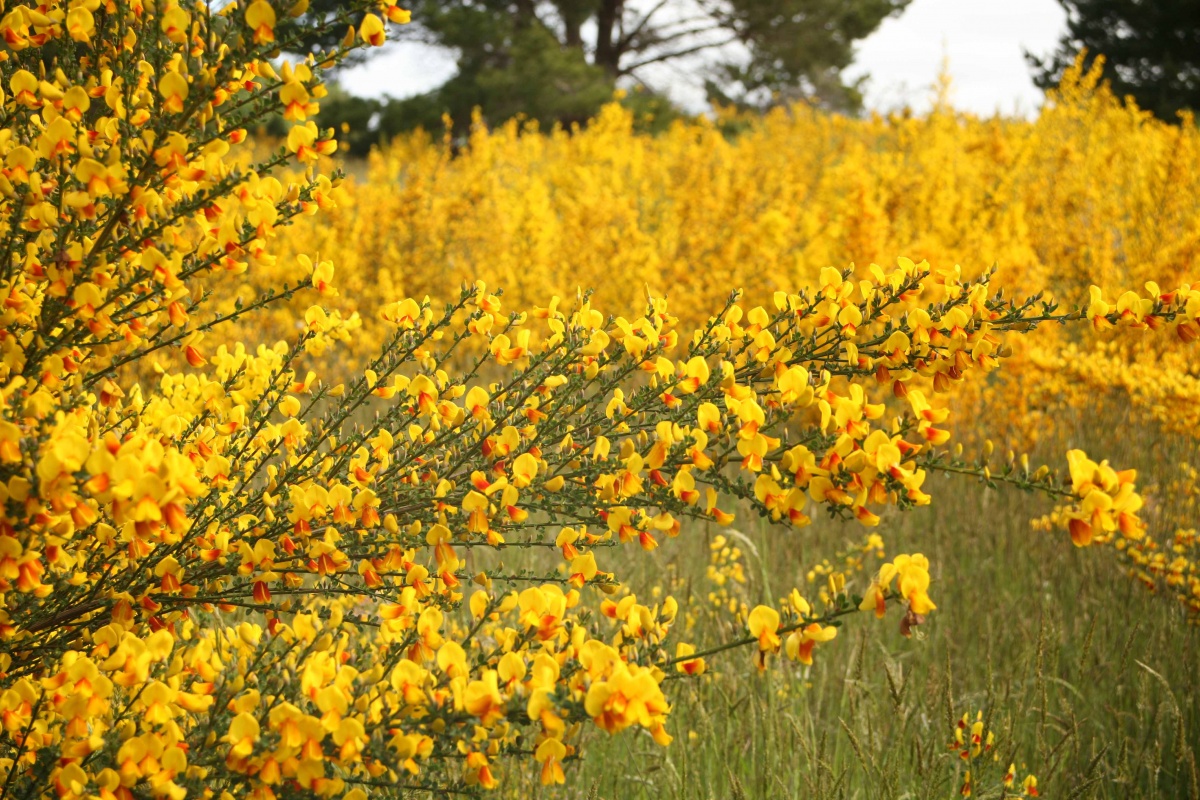
California Weeds and Invasives Program
Invasive weeds are a problem on forestlands, rangelands, agricultural lands, and wetlands throughout California. The negative impacts from weed infestations are extensive and often irreversible.
The greatest negative impact on native vegetation is the rapid spread of weeds. This "explosion in slow motion" is out of control on many Federal, State, and private lands. One common invasive weed, yellow starthistle (Centauria solstitialis), which is toxic to horses, has infested over eight million acres in California and continues to spread.
It is clear that invasive weeds cannot be controlled by scattered, piecemeal efforts. Only through cooperative, coordinated efforts can we hope to combat their spread, especially since weeds do not recognize any boundaries.
In California, 15 State and Federal agencies have signed a Memorandum of Understanding (MOU) on the coordinated management of undesirable plants on Federal and State lands, as well as private lands that are adjacent to public lands. Representatives from these agencies have formed the California Interagency Noxious Weed Coordinating Committee, and have been meeting regularly in order to exchange information regarding noxious weed management issues.
With its brilliant yellow flowers and dense, bushy stands along highways, Scotch broom is one of the most recognizable plants in northern California. It is also one of the most threatening to native plants and landscapes.
